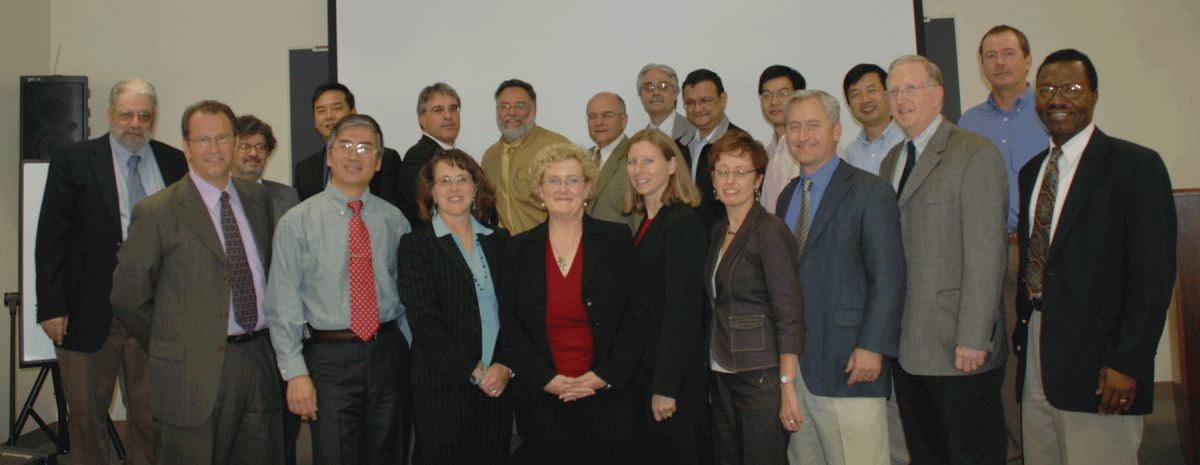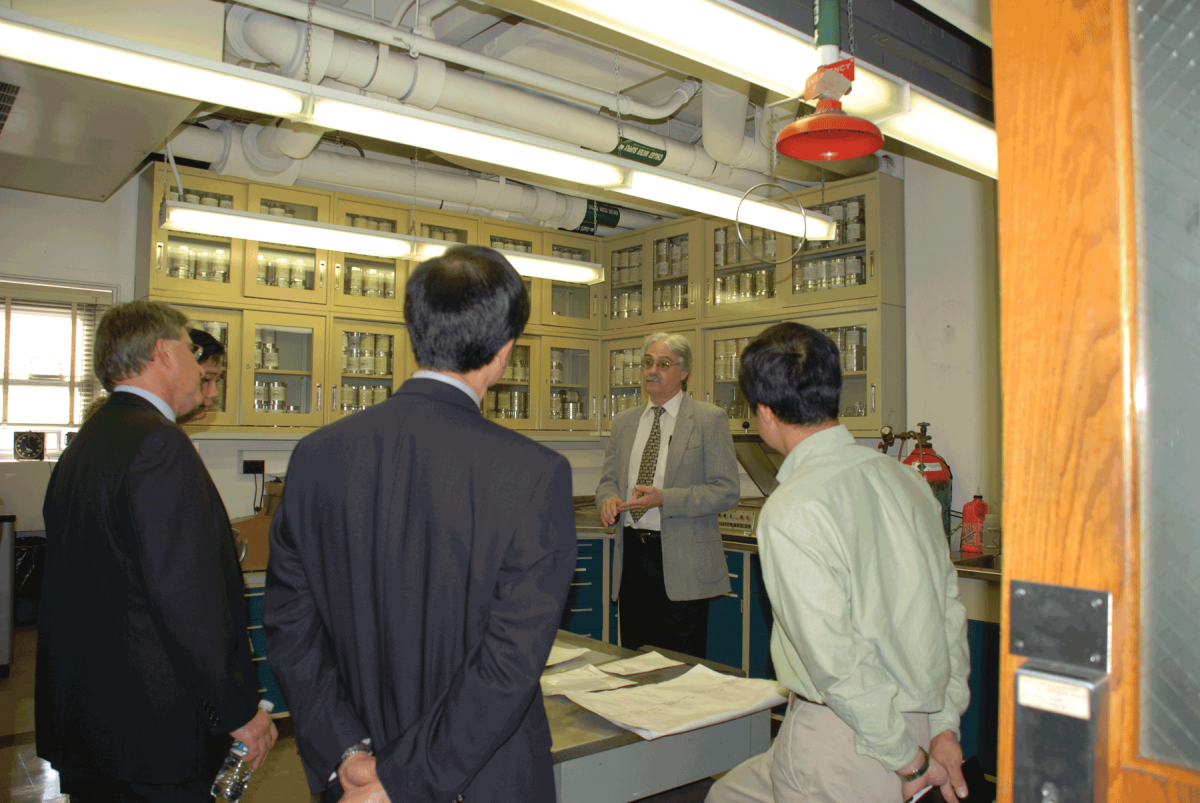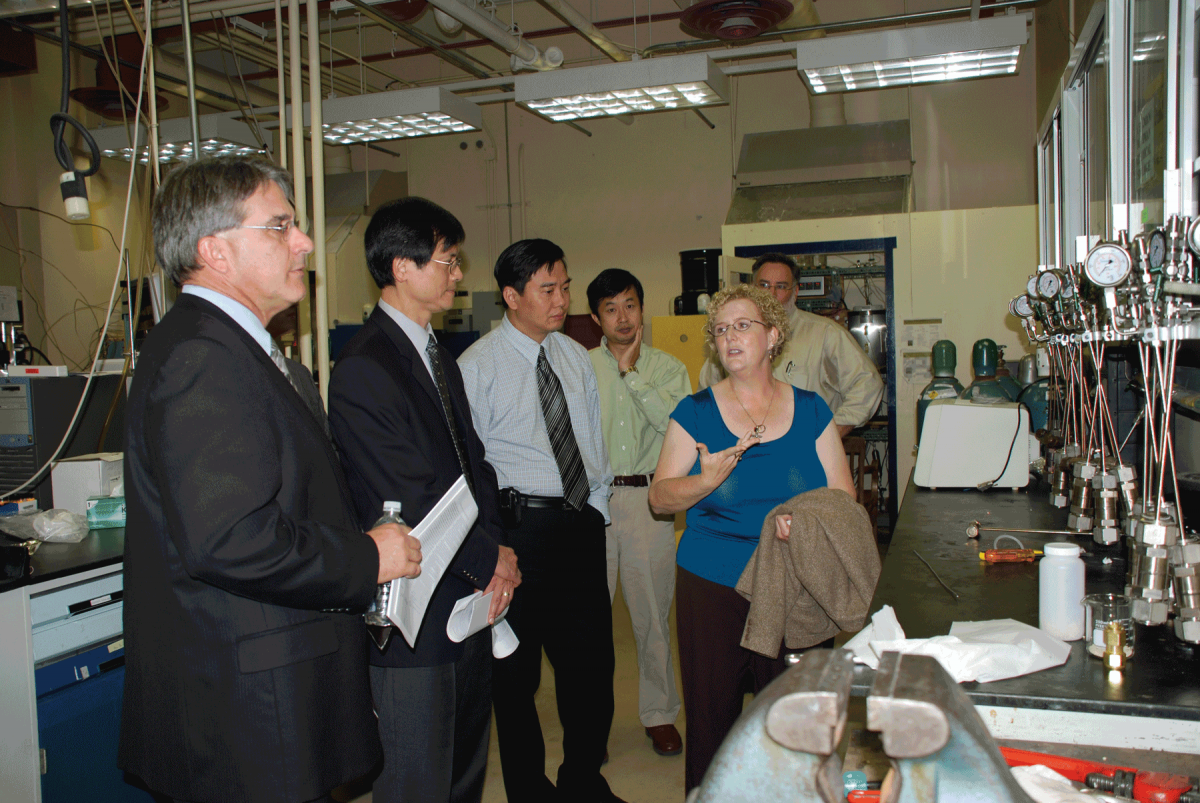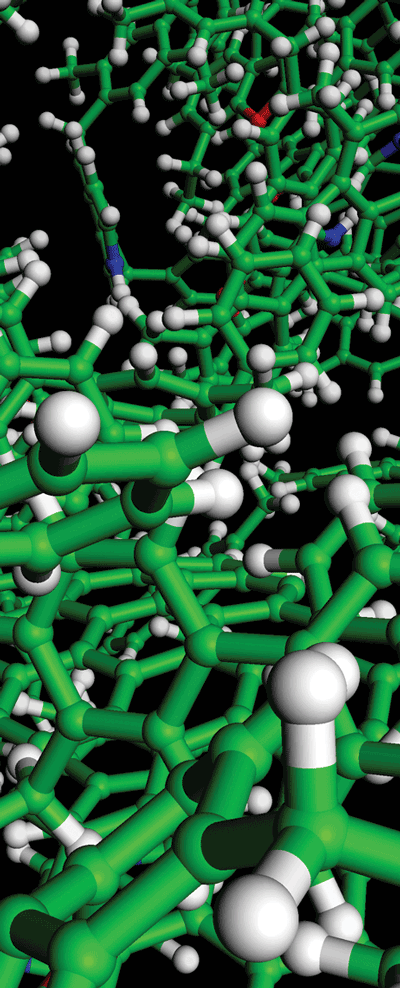
In October 2007, Penn State began a major research alliance with Chevron Energy Technology Company, one of the world’s leading integrated energy companies.
The strength of this alliance rests on the pillars of history and the prospects for the future. "Penn State has been involved in energy-related research and graduate training for more than a century, beginning with one of the first formal schools of mining engineering in the U.S.," said Penn State President Graham Spanier. "Since that time, Penn State has evolved its coal-related research streams in many directions including conversion of coal to liquid fuels, direct coal liquefaction, modeling and simulation of coal conversion, and carbon dioxide capture and sequestration."
Building upon this historical strength, in 2006, the University Energy Task Force published a report in which it proposed a bold new road map and strategic vision to enhance the existing energy sciences, engineering and policy within the University's academic colleges and institutes. To promote the energy initiative, the University has committed funds for the creation of 24 new faculty positions to strengthen the teaching and research efforts.
Penn State will target key strategic areas: state-of-the art coal conversion and carbon dioxide management technologies; materials and nanotechnology for energy efficiency; biofuels, bioenergy and biomaterials; hydrogen production, storage and transportation for fuel cells; public and social discussions of nuclear power; and conversion of light to do work.
"When Chevron visited Penn State a year ago to learn more about our initiative," said Eva Pell, senior vice president for research and dean of The Graduate School. "They recognized our commitment to areas of interest to them, and became convinced that an alliance would be mutually beneficial."
The joint research initiative with Chevron focuses on coal chemistry and conversion technology, advanced fuels, combustion, analysis methods, reactor science, separations, process technology, and CO2/greenhouse gas management and conversion. This alliance also integrates research with educational and career opportunities for students and graduates specializing in coal conversion and energy technologies. Under the alliance, Chevron will provide up to $17.5 million over the next five years to the University.
|
"Chevron values technological excellence and R&D capability and is impressed with the quality of coal research done at Penn State over the last century. Chevron also has a rich history in coal through our Chevron Mining Company and its predecessor P&M Coal. We will draw on the deep expertise of both institutions to push the front edge of technology and innovation into the 21st century," said Don Paul, vice president and chief technology officer, Chevron Corporation. "We look forward to a highly productive research relationship that will contribute to the technical innovation of clean coal and coal-to-liquid technology."
"Rapid growth of global energy consumption has brought the challenge of sustaining national and global energy security into sharp focus," Spanier said. "With the help of partners such as Chevron, Penn State will continue to step up to the challenge of training new generations of experts in energy, developing fundamental new knowledge and innovative applications, and educating the public about energy issues and options."
Based in San Ramon, Calif., Chevron is one of the world’s leading integrated energy companies. The company has about 56,000 employees, and Chevron’s subsidiaries conduct business in more than 180 countries. Chevron operates across the entire energy spectrum — exploring for, producing and transporting crude oil and natural gas; refi ning, marketing and distributing fuels and other energy products and services; generating power; designing and marketing large-scale energy efficiency solutions and commercializing the energy resources of the future, including biofuels and other renewables.
— A’ndrea Messer, Penn State Live


left: Gareth Mitchell talks to visitors from Chevron during a tour of the EMS Energy Institute facilities
right: Caroline Burgess Clifford speaks to visitors from Chevron during the tour


 Ongoing Projects
Ongoing Projects